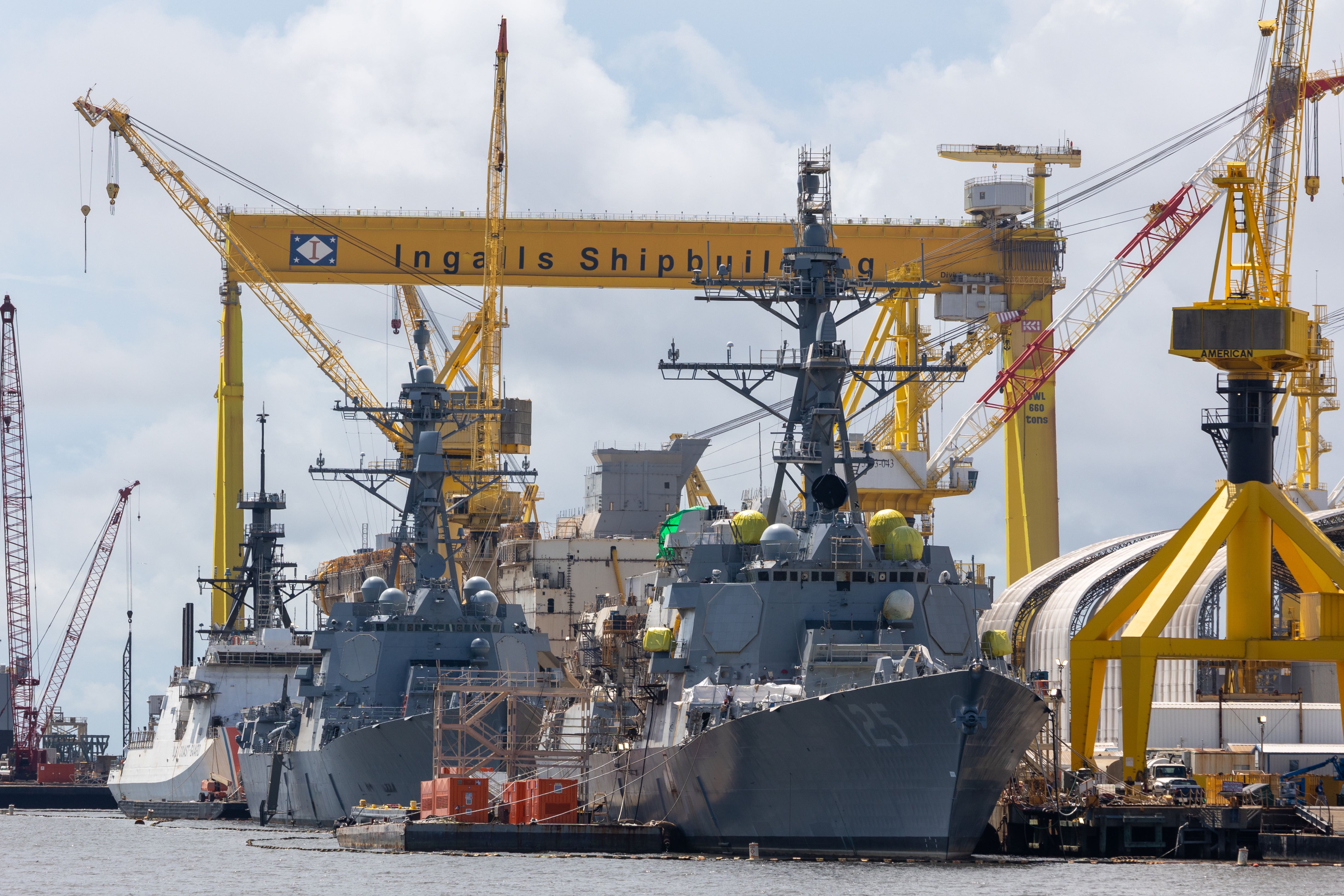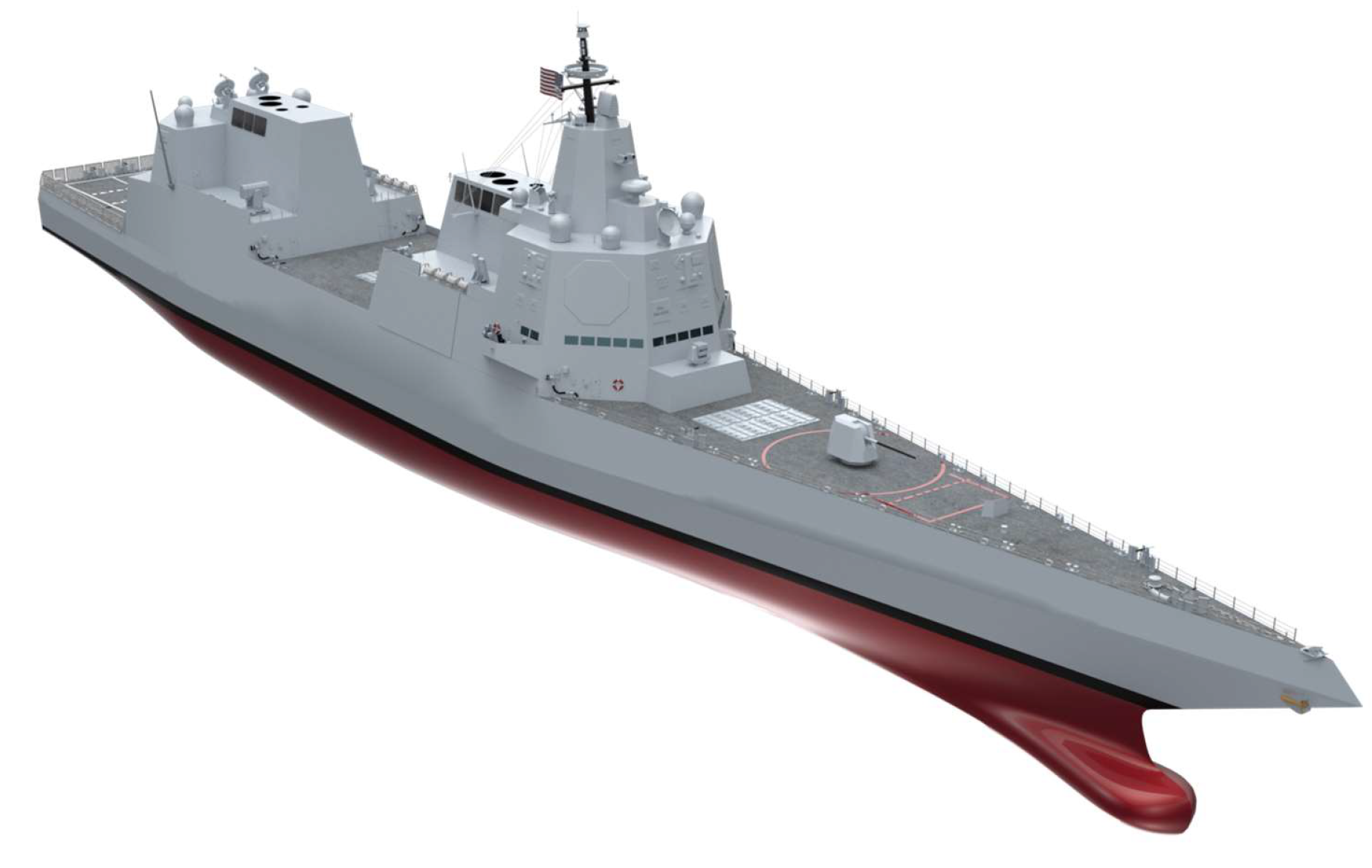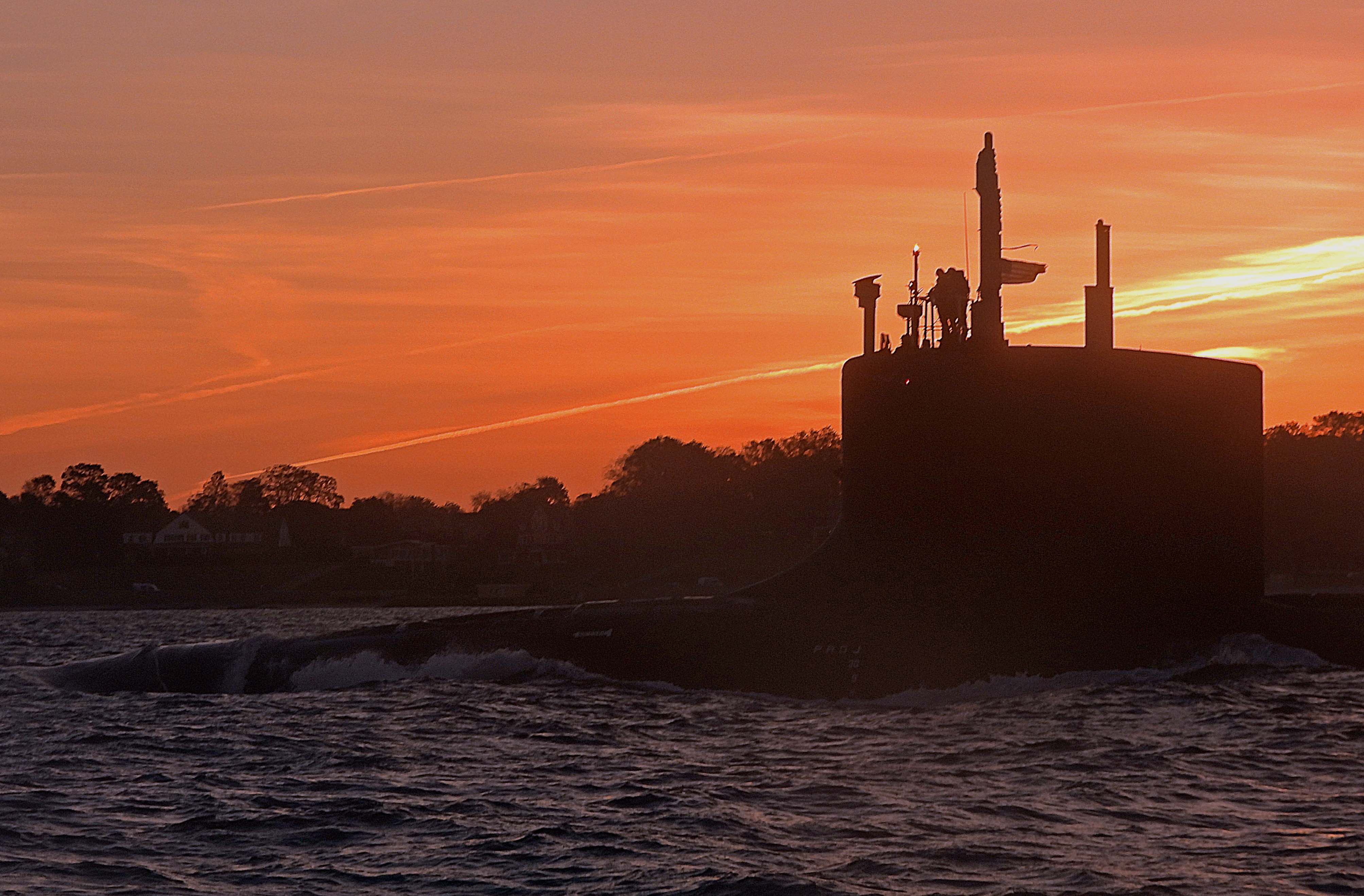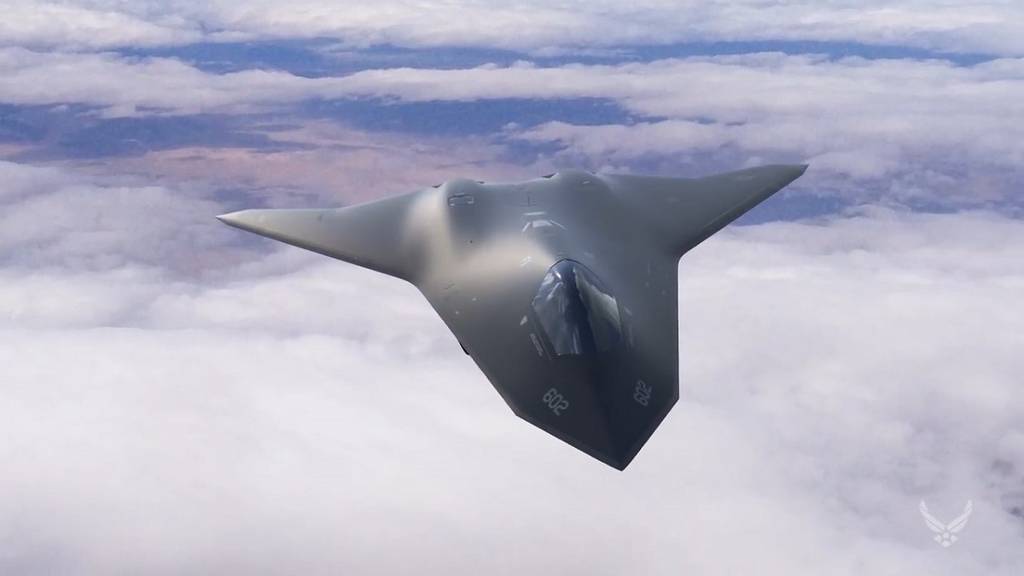
The technologies developed for the Navy’s next destroyer, submarine and fighter must be mature and cost-effective before the new platforms go into production, Secretary of the Navy Carlos Del Toro told USNI News in an interview last week.
The Navy’s next-generation guided-missile destroyer, attack submarine and fighter will rely on developing new technologies and keeping those costs under control for the new platforms is a priority, Del Toro told USNI News.
“We ought to test those technologies out before we fully commit to producing ships, aircraft, submarines in far larger numbers. So, my hope, in the Department of the Navy and the Marine Corps, is that before we move forward with producing the next DDG(X), SSN(X) and NGAD, is that we have designed maturity on these platforms. That takes tremendous discipline on our part, not to rush to production … It’s going to take a lot of compromises, a lot of balance, to come up with the right answers,” he said.
“Let’s be realistic about how fast we should move forward before we’re ready to commit to a major [acquisition] program.”
Naval aviation, surface and submarine warfare all are in the early stages of developing replacements for ships and aircraft designs that are decades old. The Navy is working on the DDG(X) next-generation guided-missile destroyer, the next-generation SSN(X) nuclear attack submarine and the Next Generation Air Dominance (NGAD) program that will develop a new F/A-XX fighter and unmanned combat aircraft.
All the warfare areas have an argument for a new platform.

The Flight III Arleigh Burke guided-missile desroyer has maxed out the space, weight and power of the existing hull designed in the 1980s and has reduced margin for growth. The 2000s-era Virginia-class submarine design will be under construction for well into the next decade – potentially into a Block VII variant, USNI News has learned. But the service wants a faster platform with more torpedoes than the current hull can accommodate. In aviation, the 1990s-era F/A-18 E/F Super Hornets fighters don’t have the range to operate far enough away from the strike group to keep the carrier and its escorts away from anti-ship ballistic missile threats. The Navy stood up its Next Generation Air Dominance (NGAD) office to develop F/A-XX as the Super Hornet replacement, as well as unmanned combat aircraft.
But given the trends of flat defense budgets relative to inflation, the service is unlikely to develop all the platforms at the same rate at once. Last year, then-acting SECNAV Thomas Harker issued a memo outlining the issue for the Fiscal Year 2023 budget.
“The Navy cannot afford to simultaneously develop the next generation of air, surface, and subsurface platforms and must prioritize these programs balancing the cost of developing next-generation capabilities against maintaining current capabilities,” the memo reads. “As part of the [Fiscal Year 2023] budget, the Navy should prioritize one of the following capabilities and re-phase the other two after an assessment of operational, financial and technical risk.”
Within the last week, Pentagon and Navy have held discussions on how the service will prioritize the three new programs, two defense officials with knowledge of the meeting told USNI News.
When asked by USNI News about prioritization on Thursday, Del Toro said, “I think there’s a lot to be determined yet on whether it is going to be DDG(X), SSN(X) or NGAD.”

Basing the programs just on technological maturity, DDG(X) is the furthest along, USNI News understands.
The DDG(X) concept would take the combat system aboard the Flight III and the Integrated Power System concept developed for the Zumwalt-class guided-missile destroyer and move them to a new hull with the space, power and cooling to accommodate larger hypersonic missiles and directed energy weapons for the ship’s defense.
“Flight IIIs are great. They’re wonderful platforms but eventually, they’re going to be challenged by the power capability of the ship, especially when you start implementing directed energy weapons, and other things that have great power demands on them,” Del Toro said.
“You don’t need to build a completely new transformational destroyer [costing] $5 billion, either. It’s the technology and the weapon system that matter the most. Why not go with a slightly revised hull form? Perhaps it isn’t too different from DDG Flight III, but bigger, has simply more space to accommodate the power required. I’m an engineer, I like to think about things incrementally and not get overhyped about the sexy new toy that looks good.”
The SSN(X) nuclear attack boat would require the Navy to build a new hull that would be much larger in diameter than the current Virginias and have a higher level of stealth than the current attack boats in the fleet.

“The assumption [is] that the SSN(X) would be similar to a Seawolf-class submarine but would have an entirely new design,” reads the Congressional Budget Office report on future ship construction.
“The submarine’s advanced features would make it as quiet and stealthy as possible; it could launch missiles from missile cells and would contain a torpedo room the size of those on Seawolf-class submarines.”
The Navy would also need to develop a new nuclear reactor for SSN(X) and decide if it would use an electric propulsion system like the one developed for the Columbia-class ballistic missile submarine, Hudson Institute senior fellow Bryan Clark told USNI News.
The NGAD program is the least defined of the three major acquisition priorities, Clark said.
“These manned and unmanned aircraft plus attritable assets will be employed across domains to enable integrated kinetic and non-kinetic fires at tactically relevant ranges,” reads the Navy’s 2030-2035 aviation vision document from 2021. “As autonomy and [machine learning] efforts mature, the appropriate mix of F/A-XX, manned and unmanned platforms will be evaluated to ensure the most lethal and affordable [carrier air wing] possible.”

Key to the development of the F/A-XX will be a new efficient jet engine that would extend the combat radius of the carrier air wing beyond the range of shore-based anti-ship ballistic missiles. The Navy is developing its next fighter in conjunction with the Air Force’s own F-X program.
“The Navy’s version is much further behind, but the Navy is not as under the gun as the Air Force,” Clark told USNI News.
“The Navy could in theory buy more F-35s or Super Hornets.”
The Navy has classified the program, but given a broad outline of the goals of the aircraft that would replace the Super Hornets.
Overall, Del Toro stressed that controlling cost and reducing risk are the top priorities for the new systems. He cited the cost growth in the Zumwalt-class guided-missile destroyer and the Littoral Combat Ship programs as examples of what not to do.
“As the CEO of the Navy and with oversight over the acquisition accounts, one of my chief responsibilities is to try to bring all these major [acquisition] programs and other programs under good discipline,” Secretary of the Navy Carlos Del Toro said during a trip to Columbia University on Thursday.
“We’ve had excessive cost creep, across many of our programs and I’ve told my acquisition force to cut it out. We need to build capabilities on time and on schedule.”





